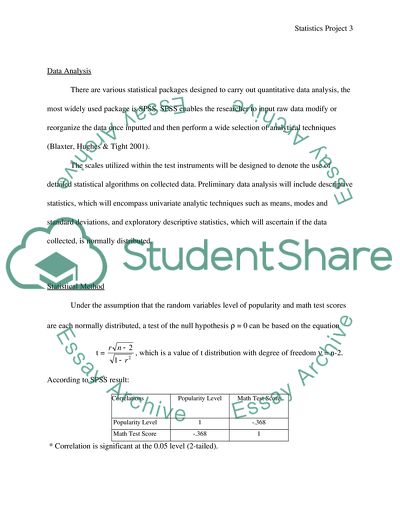Cite this document
(SPSS Statistics Project Research Paper Example | Topics and Well Written Essays - 2000 words, n.d.)
SPSS Statistics Project Research Paper Example | Topics and Well Written Essays - 2000 words. Retrieved from https://studentshare.org/science/1705894-spss-statistics-project
SPSS Statistics Project Research Paper Example | Topics and Well Written Essays - 2000 words. Retrieved from https://studentshare.org/science/1705894-spss-statistics-project
(SPSS Statistics Project Research Paper Example | Topics and Well Written Essays - 2000 Words)
SPSS Statistics Project Research Paper Example | Topics and Well Written Essays - 2000 Words. https://studentshare.org/science/1705894-spss-statistics-project.
SPSS Statistics Project Research Paper Example | Topics and Well Written Essays - 2000 Words. https://studentshare.org/science/1705894-spss-statistics-project.
“SPSS Statistics Project Research Paper Example | Topics and Well Written Essays - 2000 Words”. https://studentshare.org/science/1705894-spss-statistics-project.


